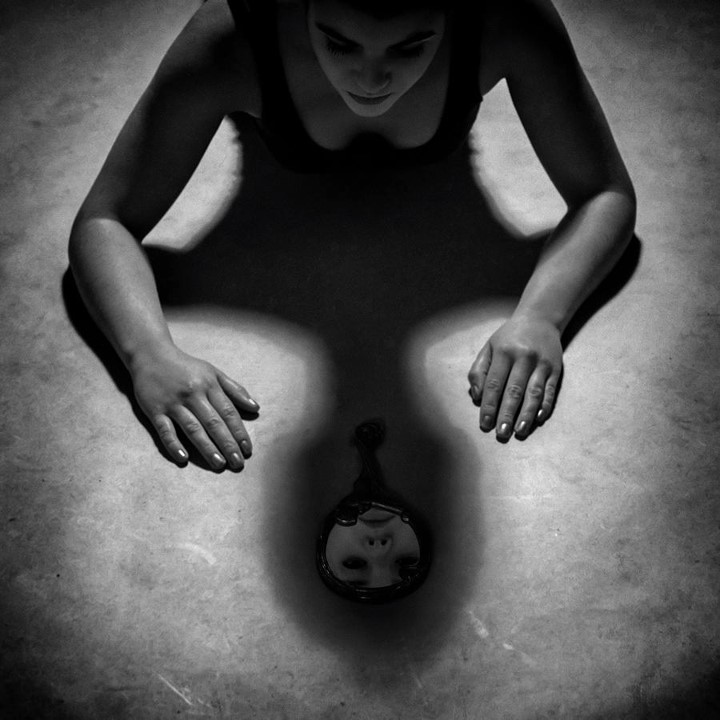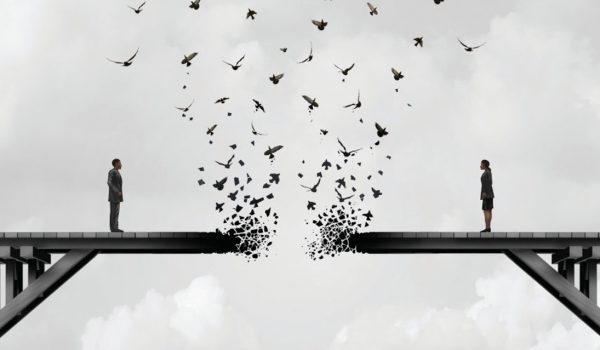About ICP
Internal Cohesion Psychotherapy (ICP) is grounded in four core systems that shape who we are and how we experience life. Each system reflects an essential part of being human our inner world, our connections with others, our personal goals, and our deeper sense of meaning and purpose. Together, they offer pathways for healing, growth, and a more balanced, fulfilling life.
What is The Internal Cohesion?
Internal Cohesion is the central goal of this therapeutic approach. It reflects a state of healthy, balanced communication between a person and the four core systems that make up human functioning. When a person experiences internal cohesion, they are able to:
1.
Acknowledge and make peace with the past. openly communicating with each system, accepting what has been, and resolving any lingering conflicts connected to it.
2.
Cultivate healthy relationships in the present. maintaining balance and harmony among all four systems in day-to-day life.
3.
Create realistic and meaningful expectations for the future envisioning achievable ways to grow and deepen their connection with each system moving forward.
The Systems of ICP
The Systems are composed of important relations that an individual has, which may directly impact psychological health and wellbeing.
There are four core systems in ICP:

1. intrapersonal
The intrapersonal system centers on the relationship we have with ourselves our thoughts, self-perceptions, and internal dialogue. Internal Cohesion Psychotherapy helps individuals develop honest and accepting self-communication, fostering inner peace and well-being. Key pillars of this system include self-regulation, self-esteem, and motivation, all of which are strongly linked to mental health and life satisfaction. A healthy inner voice can be just as powerful as any external support.
2. Interpersonal
This system highlights the importance of our relationships with family, friends, and partners. Meaningful connections are essential for emotional development, stress reduction, and psychological resilience. From childhood bonds to peer support and romantic partnerships, these relationships shape our identity and mental health. Therapy within this system focuses on improving communication and repairing relational patterns to strengthen overall well-being.


3. Professional
Our academic and work lives deeply impact our mental health. Success in school or at work contributes to self-esteem and motivation, while failure or unemployment can lead to stress, anxiety, or depression. This system also emphasizes the importance of fulfilling personal life goals, whether professional or otherwise. Internal Cohesion Psychotherapy helps clients navigate career challenges and align personal aspirations with mental wellness.
4. Spiritual
The spiritual system explores our connection to something greater be it faith, nature, or a search for meaning. Spirituality has been shown to reduce anxiety, depression, and stress, offering comfort in times of uncertainty or loss. This system includes religious beliefs but extends beyond them to individual experiences of transcendence and purpose. Therapy here respects and integrates clients; spiritual identities as part of holistic mental health care.

Time
A central point of ICP is the construct of time. According to this approach, time is an important dimension that has a great impact on mental health. Uka (2022) describes time from a dynamic perspective. The individual’s current emotions are not only a reflection of the current events or experiences but also a reflection of past experiences and events, as well as the anticipation they have for future experiences and events.
Psychopathology from the ICP perspective
The adverse experiences (in which we invest emotions), the maladaptive ways of thinking (focusing attention on the intensive emotional experience – projecting the most negative scenarios for the future), failure to create an objective perception, suppressed emotional contents, noncommunication of potential problems, the way how experiences and events are perceived and interpreted can influence each of the factors and systems which maintain internal cohesion. Thus, these are some potential determinants of psychopathology from the ICP perspective.
Goals of ICP
The overarching objective of internal cohesion Psychotherapy is to help individuals reach the internal cohesion. Internal cohesion is described as the condition in which the person is able to
Communicate openly with each system and accept the past, address and find solutions to the open conflicts related to each system in the past
Establish healthy relations with each of the four systems in the present,
Establish real and achievable expectations for future relations with each system.
The Process
1.
KNOWING the client
2.
Understanding
the issues, problems, and challenges brought on by the client,
3.
Evaluating
collected information and evaluate the client’s difficulty/problem
4.
Analyzing
every factor from each time perspective
5.
Accepting
6.
Challenging
client’s irrational thinking, unrealistic expectations, unjustified behaviors,
7.
Planning
the actions that reflect the balance between clients’ expectations from therapy and their potential.
8.
Intervening
through applying different intervention techniques
9.
Re-evaluating
or re-assessing the progress in therapy
10.
Releasing
the client when the objectives are reached and internal cohesion is established
Techniques
To build a positive and consistent relation with self and others, profession, and spiritual aspects – establishing internal cohesion – it is often necessary to apply a variety of therapeutic strategies and techniques. Around 30 techniques have been shown to be effective in clinical cases, and as such, these techniques are used to achieve the overall objective of this approach.
- "Multiple reflections"
- "The Client as Therapist"
- "Accept and Change"
- "Spend and Block"
- Spiritual reflections
- Moving across time
- Searching for scenarios that work
- Compensation
- List, weigh, and address
- "Rational planning"
Lorem ipsum dolor sit amet, consectetur adipiscing elit. Ut elit tellus, luctus nec ullamcorper mattis, pulvinar dapibus leo.
